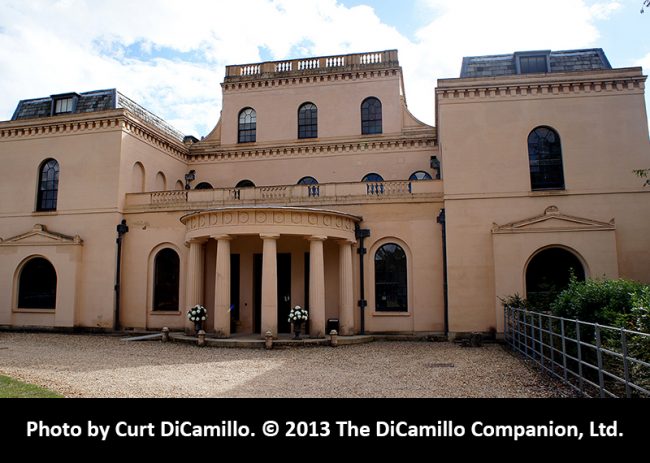
The Entrance Facade

The Rear Facade

Rear and Side Facades
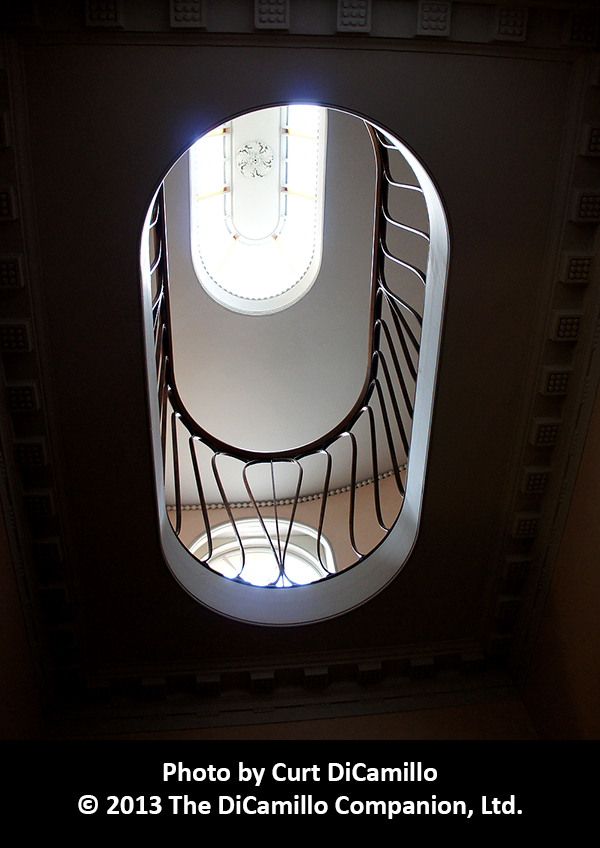
Lightwell
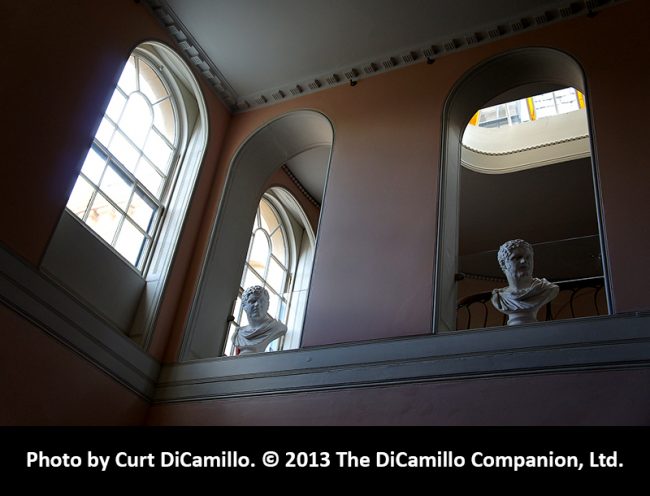
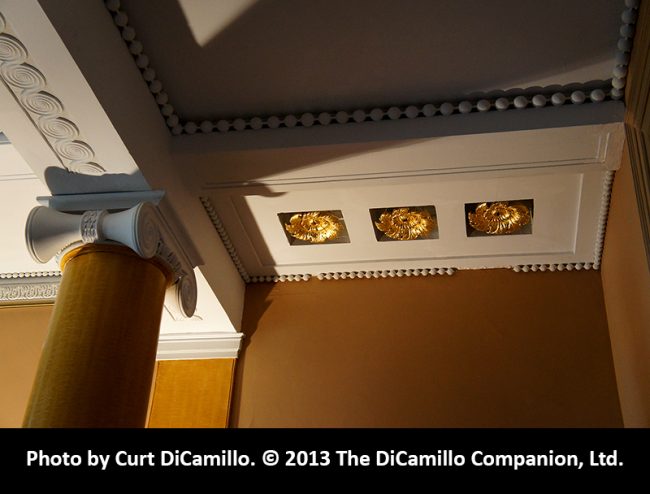
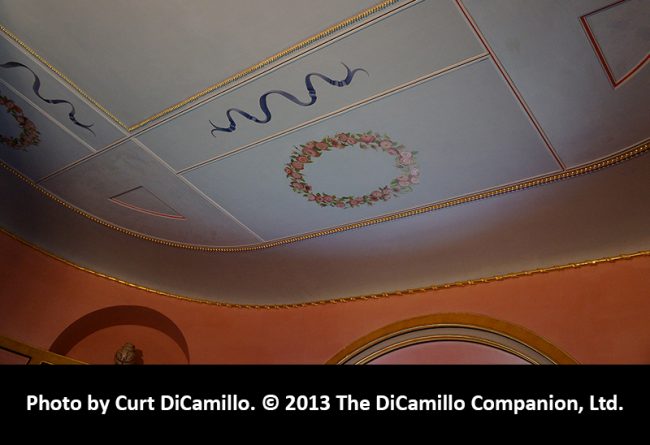
House & Family History: There has been a house on the site since the 15th century. From 1777 until 1857 it was owned by the Thornton family. Both Godfrey and his son, Stephen Thornton, were directors of the Bank of England; Godfrey late became governor of the bank. The Thornton family always had Christian connections; Henry and John, who were cousins of Godfrey and Stephen, were members of the Clapham Sect, and known associates of Wilberforce, and later Shaftesbury. All members of the sect were also involved in the Bible Society from its foundation in 1804. In 1784 the Estate was known as Mugger-hanger Lodge and described as: "A neat convenient Dwelling-House, fitted up in a genteel Stile, provided with useful Offices, Coach houses and Stabling, Shrubbery, and Kitchen Garden, on a delightful Eminence, commanding rich Views for a vast Extent." Between 1790 and 1816 the House was rebuilt by Sir John Soane. In 1791 Humphry Repton, working on the grounds at Francis Pym's house, Hassells, in nearby Sandy, heard of Moggerhanger and visited the Estate the following year. He described the house in his Red Books (1792 and 1798): "It is too large and too much ornamental for a farmhouse, while it is too small and too humble for a family country-seat, and its distance from the capital is too great to permit its being called a villa. I shall therefore consider it as an occasional sporting-seat." The Estate was sold in 1857 and then comprised 2,056 acres; the house stood in a richly timbered park of 130 acres. In 1919, having passed through several hands, it was acquired by Bedfordshire County Council as a sanatorium, first for TB, and then as an orthopedic hospital. At this time it was known as Park Hospital. The hospital closed in 1987 and the Estate was acquired by Hillson & Twigden Homes as a building site. They planned to build houses in the garden, but had no use for the main house, which was a listed as Grade II* building. In June 1997 the House was upgraded to Grade I, when it was discovered that it was an important part of Sir John Soane's work. The grounds, now comprised of approximately 200 acres, and listed as Grade II, were included in May 1997 in English Heritage's Register of Parks and Gardens of Special Historic Interest in England. In 1995 Harvest Vision legally acquired the House with 15 acres for one pound. In 1997 a new Moggerhanger House Preservation Trust was formed to restore the buildings. The new trust obtained a £1.2 million grant from the Landfill Tax in order to buy back the walled garden and the woods, which formed part of the original Estate, and in 1998 they obtained a £3.3 million grant from the National Heritage Memorial Fund to restore the House and grounds. Bedfordshire is also Bunyan country; John Bunyan, the famous author of 1678's "The Pilgrim's Progress," would have called at all the houses in the neighborhood in his trade as a tinker.
Chapel & Church: There is a Thornton family mausoleum at Blunham Church.
House Listed: Grade I
Park Listed: Grade II
Past Seat / Home of: Godfrey Thornton, 18th-19th centuries; Thornton family here from from 1777 until 1857.
Current Ownership Type: Preservation Organization
Primary Current Ownership Use: Other
Ownership Details: Owned by The Moggerhanger House Preservation Trust
House Open to Public: Yes
Phone: 01767-641-007
Fax: 01767-641-515
Email: [email protected]
Website: https://www.moggerhangerpark.com
Historic Houses Member: Yes